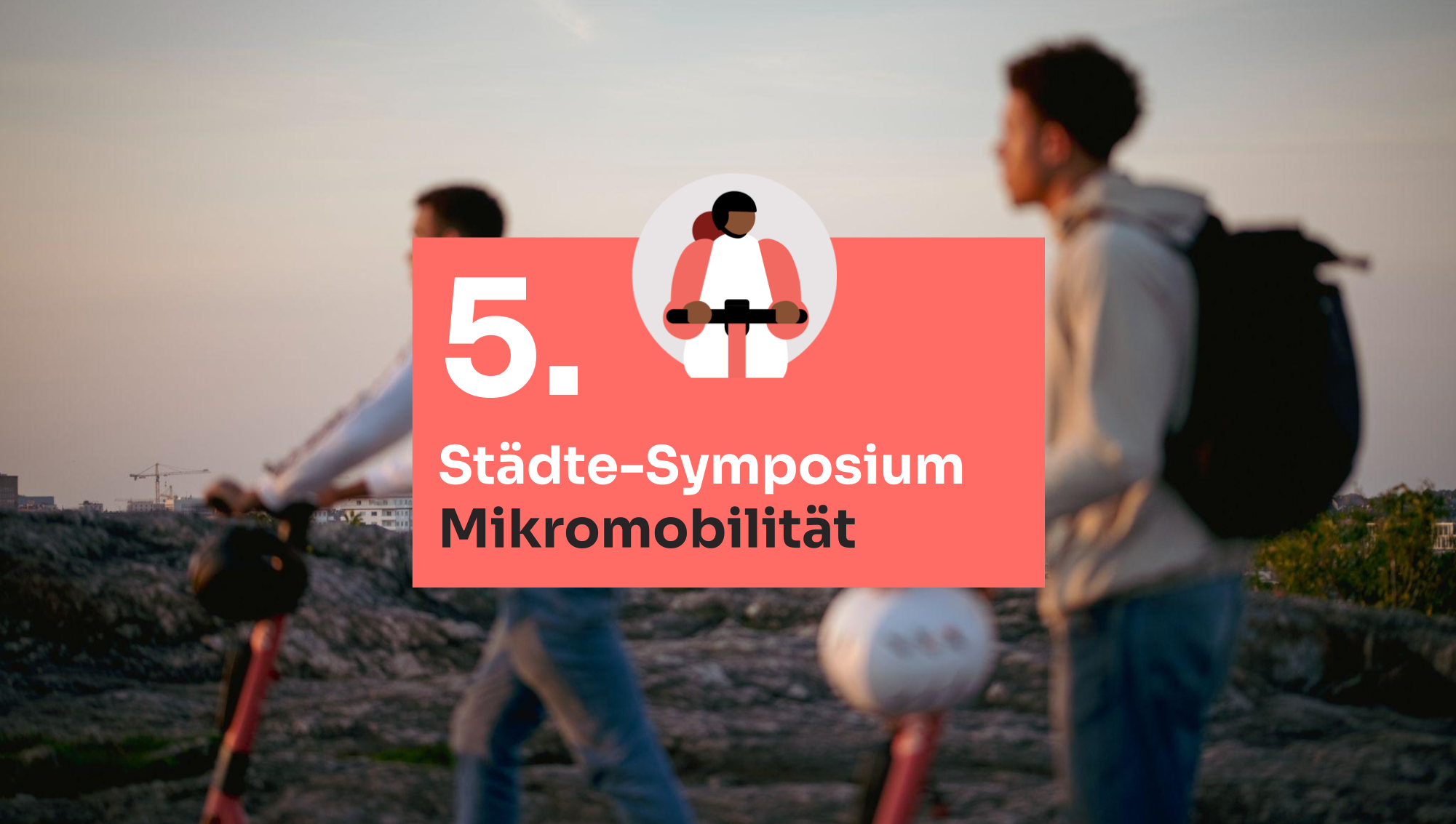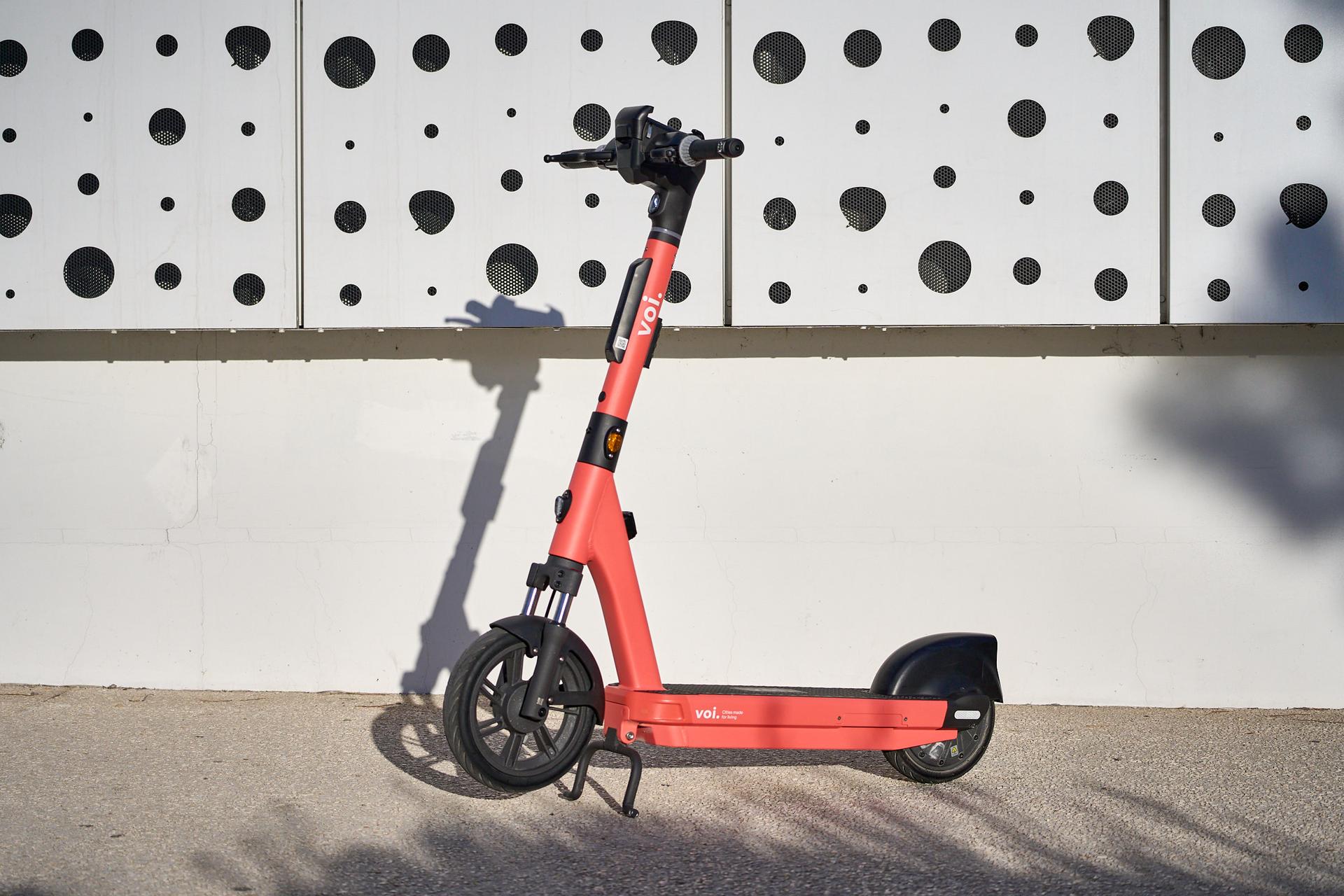New study finds dedicated parking spots for e-scooters could solve pavement clutter
Feb 3, 2021

A new study from the Norwegian Institute for Transport Economics (TØI) shows that dedicated parking spots for shared e-scooters could solve pavement clutter. Based on a study of Voi’s parking racks in Oslo as well as unbranded parking spaces painted on the pavement in Trondheim and Oslo, the results indicate that it is possible to find a solution while keeping a free-floating parking model for shared e-scooters.
Spring is around the corner, and with it millions of European citizens will look forward to exploring their cities on light electric vehicles. Voi was founded with these people in mind, to make cities more accessible and reduce the noise and air pollution caused by short car trips.
“We are in the midst of a mobility revolution. The way we transport ourselves through cities is changing fast, and with that comes challenges connected to use of public space. Dedicated space for e-scooter parking is an important part of the solution to fully take advantage of the potential e-scooters represent,” said Christina Moe Gjerde, our General Manager, Norway.
Improperly parked e-scooters can be hazardous to pedestrians and other road users. Safety is our top concern and we are committed to finding long-term solutions to street clutter that actually work.
In June 2020, we deployed our first parking racks for e-scooters on public ground in Oslo, Norway, in collaboration with the district of St. Hanshaugen and the Norwegian Institute for Transport Economics (TØI).
The report
On 3 February, 2021, TØI published “Parking solutions for shared e-scooters”, the world’s most extensive report on the subject to date. The study examines the impact of parking racks (specifically Voi’s pilot parking rack projects in Oslo, as well as unbranded parking spaces painted on the pavement in Trondheim and Oslo) on parking behaviour through a combination of GPS data, video analysis, and both in-person and online surveys by e-scooter users and non-riders.
The report concludes that implementing both physical parking racks and painted parking spaces has a positive effect on parking behaviour and goes a long way in sorting street clutter: over 50% of the e-scooter riders who ended their trips in the test areas parked in or near the parking solutions.
The study also finds that convenience and proximity play a role in how effective the solutions are in promoting good parking behaviour; use of both racks and painted parking spaces decreases with distance from a user’s end destination, so they are most effective when placed in areas where people normally end their trips. The surveys show that users are only willing to walk 1–2 minutes to park in a dedicated spot.
“There are two key takeaways from this research project. The first is that people want to park responsibly when dedicated parking spots exist, and the second is that this solution only works if there are enough visible and strategically placed parking spots in areas where most people begin or end their e-scooter rides,” said Moe Gjerde.
Voi is now urging municipalities and authorities across Europe to dedicate more parking space and infrastructure for micromobility, as the TØI report clearly indicates that it’s possible to find a solution to clutter while keeping a free-floating parking model for shared e-scooter services. This is a solution that benefits both non-rider pedestrians and the millions of e-scooter users around Europe.
About the project
The research project was led by TØI researcher Katrine Karlsen and financed by the Norwegian Public Roads Administration, Institute for Transport Economics, Viken county municipality, Trondheim municipality and Oslo municipality, with contributions from the district of St. Hanshaugen and Voi Technology.
Read the full report here (Norwegian).
Read a summary of the report here (English).


